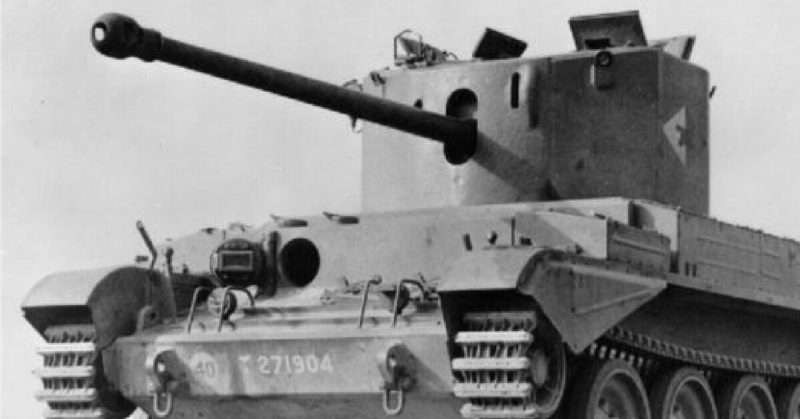Part of the extensive preparations for D-Day was the necessary upgrade of weapons. The Germans firmly held a foothold in Europe thanks to their superior armor, but the Allies were finding ways to overcome the dreaded panzer threat.
The Challenger tank, designated as the Tank, Cruiser, Challenger (A30), was derived from the Cromwell tank, with the intention of giving more firepower to His Majesty’s Cruiser tanks. Along with the modification that the British made on the American Sherman, by fitting a 76.2 mm gun (the QF 17-pounder), thus producing the Firefly, the Challenger was one of the rare assets of the Allies that could match the German Colossus’ such as the Tiger and the Panther tanks.
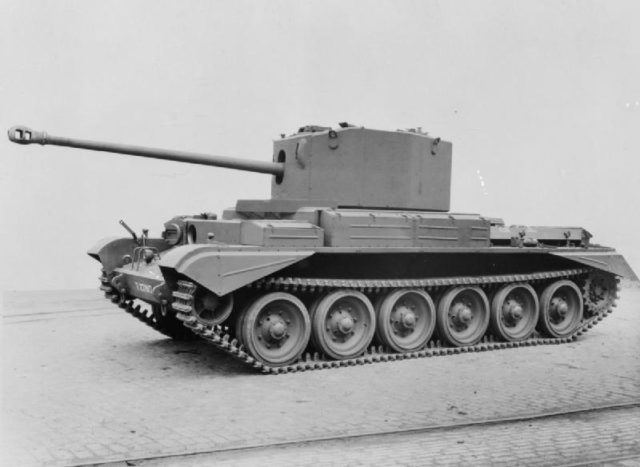
The Challenger was developed on the initiative of Roy Robotham. He was an executive in the car division of Rolls-Royce whose Meteor engine had proved to be an unreplaceable asset of the Cromwell tank. As the QF 17-pounder could not be mounted on the Cromwell, a new tank needed to be produced.
Robotham wanted to apply the Rolls-Royce Merlin V-12 piston aero engine on the next generation of tanks. Although he had little experience with tank designs, he was given a place on the Tank Board, where he started developing his project.
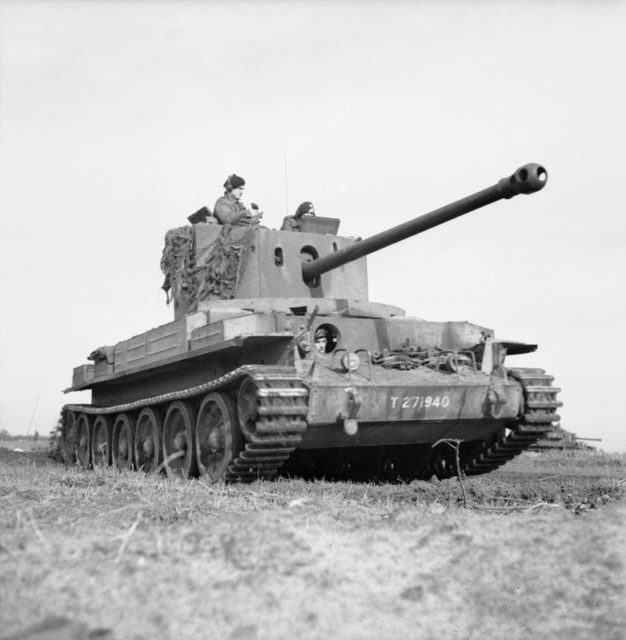
The Challenger packed serious firepower, but due to the increased weight its armor needed to be reduced, and space found for the long 17 pounder cartridges. The armor ranged between 20 and 102 mm (0.79–4.02 in) which many crew members who operated the tank complained about as its armor was no match for the German 88 mm guns mounted on the Tiger tank.
Other complaints concerned the high silhouette of the tank as the crews were accustomed to the low profile of the Crusader. The high shape made the tank more visible, and as it could not rely on its armor, this was, in fact, a serious flaw.
As well as those issues, the tank had a problem with the tracks often throwing. Modifications were made based on the experience of the test crews, but then another problem was encountered. The tank had not been fitted out for deep wading and could not land on the beaches of Normandy directly. The Challenger had to wait until a port was secured before it could continue and join the action.
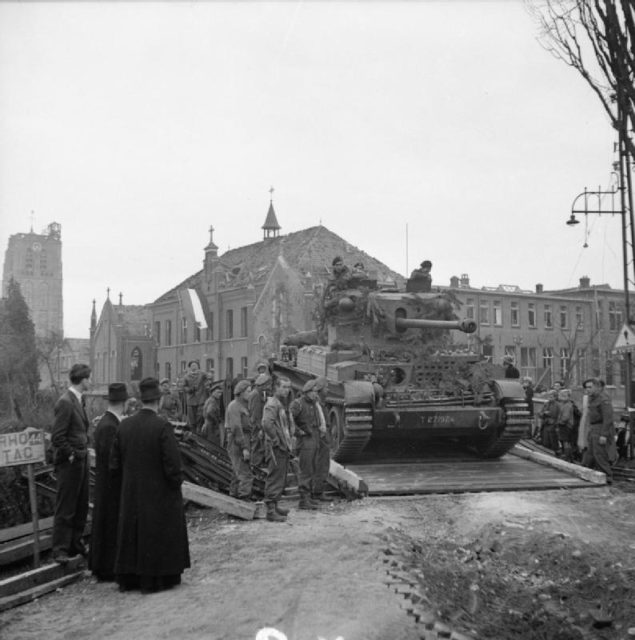
Despite its flaws, the Challenger tank was perceived as faster and more maneuverable than the Sherman Firefly, which had a larger silhouette than its British counterpart. There were 200 units produced, most of them serving under the British flag.
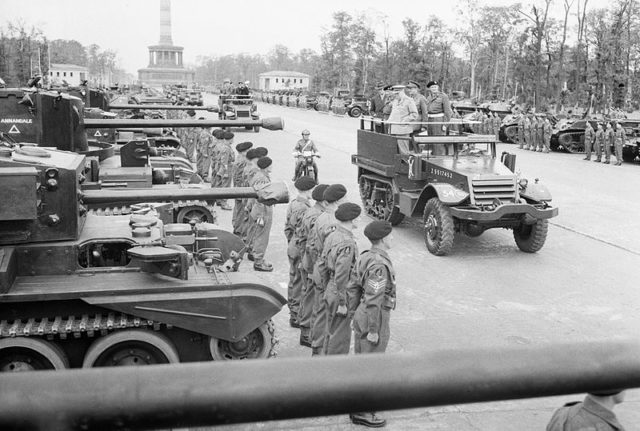
A contingent of Challenger tanks was distributed to the 1st Polish Armored Division and 1st Czechoslovak Armored Brigade. The high silhouette and the weight issue were overcome with the Avenger variant of the Challenger. 250 modified units arrived too late, as the war in Europe was over at the time of their deployment. The majority of those models served with the British Army of the Rhine after the war, as part of the occupation-peacekeeping force.
